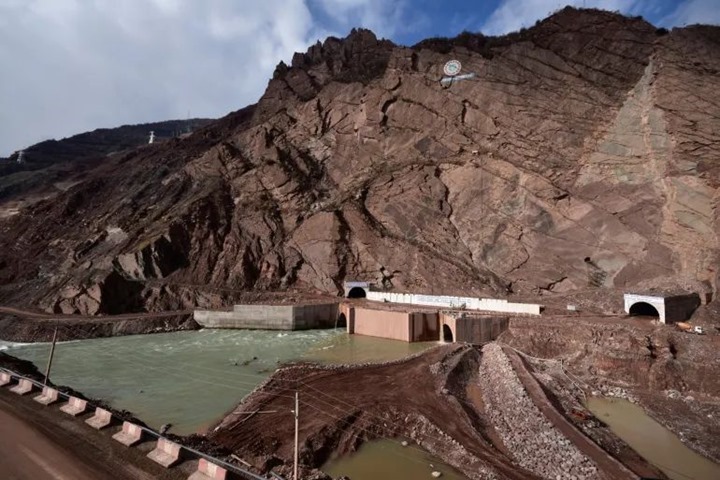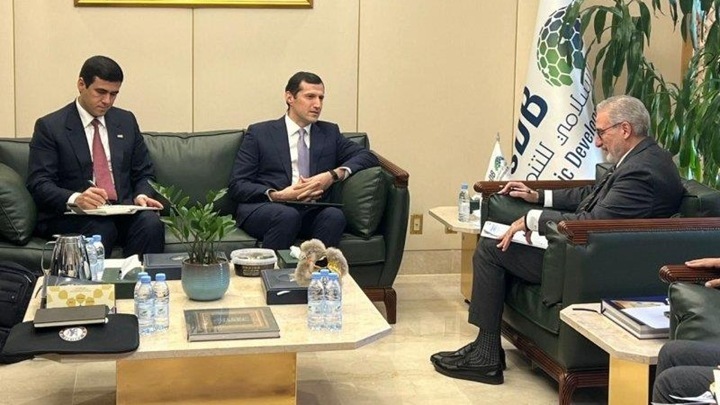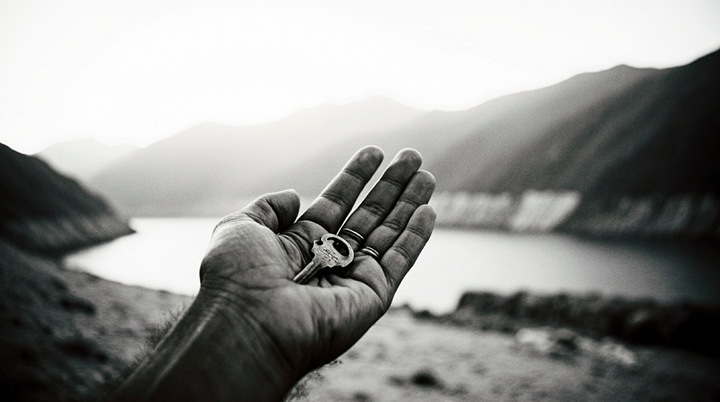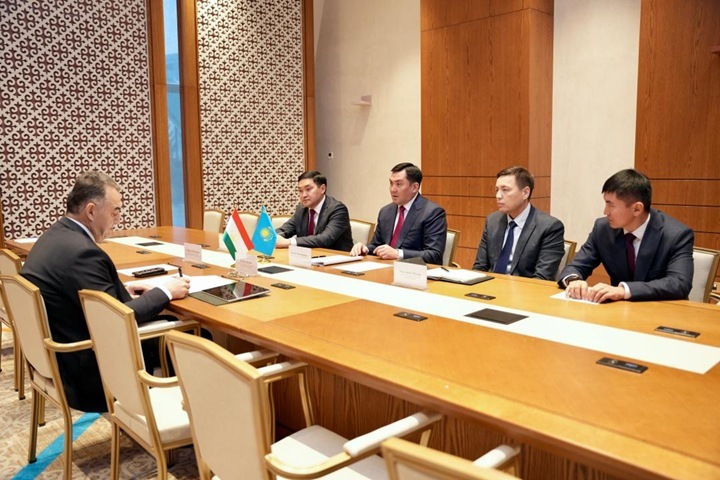On December 17 the World Bank is set to vote on financing the Rogun mega dam project in Tajikistan. If the vote passes, it would make one of the wildest dreams of the Tajik regime come true.

The $5bn Rogun project has been in development since the mid-1970s as a solution for the chronic energy shortages in the country. Since 2011, the bank has been encouraging it through studies and assessments.
Tajik President Emomali Rahmon has said the project is a question of “life or death”. The project could indeed have enormous consequences, but perhaps not the ones the president has in mind. Building the dam would displace more than 60,000 people and cause irreparable damage to the environment.
Tajikistan is widely known for its repression of dissent, suppression of freedom of speech, and stifling of civil society. It is a country where human rights defenders and journalists are routinely imprisoned and attacked, and police torture is widespread.
As highlighted in the recent report “Financing Repression”, co-published by the Coalition for Human Rights in Development, the Early Warning System and International Accountability Project, in Tajikistan’s context, the concerns of the affected communities risk remaining unheard because people fear protesting.
The World Bank, which has often come under scrutiny for the destructive impacts of its projects, over the years has developed safeguard policies to ensure civic engagement and participation for undertakings it funds. But how can the right to participation be upheld in a country with such a restrictive civic space and in the context of a project where the military will be involved in providing “security”?
The fact that only international organisations are publicly scrutinising the project and raising concerns, unfortunately, does not mean that local communities are not being adversely affected. Although less than 25 percent of the construction work has been completed, more than 7,000 people have already been displaced. According to a 2014 Human Rights Watch report, resettled families have faced loss of livelihoods, reduced access to food, unreliable and inadequate access to basic services, and lack of adequate compensation.
Moreover, the Rogun hydropower project would have a devastating impact on downstream communities and ecosystems. It is being built on the Vakhsh River, a major tributary to the Amu Darya River which flows into Afghanistan, Turkmenistan and Uzbekistan.
Within Tajikistan, the dam project would affect critically endangered endemic sturgeons and unique floodplain ecosystems downstream, including “Tugay Forests of the Tigrovaya Balka”, a World Heritage Site in the Vakhsh River floodplain. It would also affect similar nature reserves downstream, in Turkmenistan and Uzbekistan.
Under the current proposal, the filling of the Rogun reservoir would also severely change the water flow to the Aral Sea, an ecosystem that has already suffered one of the largest human-induced environmental catastrophes.
Once the fourth-largest saline lake in the world, the Aral Sea has now almost dried up as a result of highly problematic water infrastructure and cotton production set up in the 1960s in Uzbekistan, then part of the Soviet Union.
The operation of the Rogun hydropower dam will further affect seasonal patterns of water inflow and its volume supporting the related ecosystems, their biodiversity, and the livelihoods of the already struggling riparian communities of Lower Amu Darya and its delta. Water redistribution shortages may fuel protests and transboundary tensions in a region already prone to conflicts.
Despite obvious risks posed by the operation of a new giant reservoir, the initial impact assessment denied significant changes in downstream flows. And as downstream countries also have highly restrictive contexts, there are serious doubts that any meaningful stakeholder engagement can be conducted.
The Tajik regime’s argument that this is a “life and death” situation does not stand. There are alternatives to the current project that can provide the needed electricity and that would not have the same environmental and human impacts.
Decreasing the height of the dam could massively reduce the number of people that risk being displaced, and the funds saved by downscaling the project could be used to build more efficient solar farms, thus diversifying the Tajik energy sector and avoiding overreliance on hydropower in a region prone to droughts worsened by climate change. A smaller project could also prevent some of the worst environmental impacts.
In the 1990s, the World Bank itself spearheaded the establishment of the World Commission on Dams. In 2000, the commission released a damning report clearly demonstrating how mega dams can severely harm people and the environment, and why alternatives to any large dam proposal should be seriously considered from the start.
Yet, with the recent push for a fossil fuel phaseout, large dams have managed to get renewed support. Despite the fact that some of them emit more greenhouse gases than fossil fuel power plants, dams are being promoted as climate-friendly projects and development banks are again heavily investing in them.
The World Bank still has an opportunity to pause the proposed investments and demand a new impact assessment, including for alternative proposals. Now it is the time for the bank to reflect on past mistakes, listen to civil society, and shift investments to smaller-scale projects where possible harms can be adequately mitigated. Otherwise, the dream of the biggest dam will turn into a nightmare for the people and nature in Tajikistan and beyond.






Leave a Reply